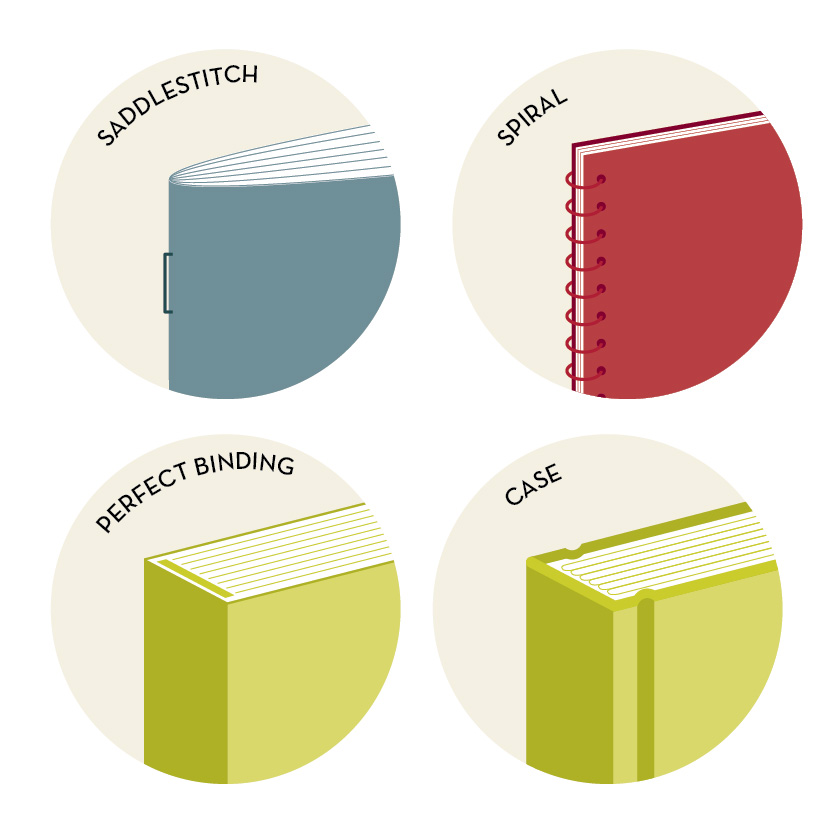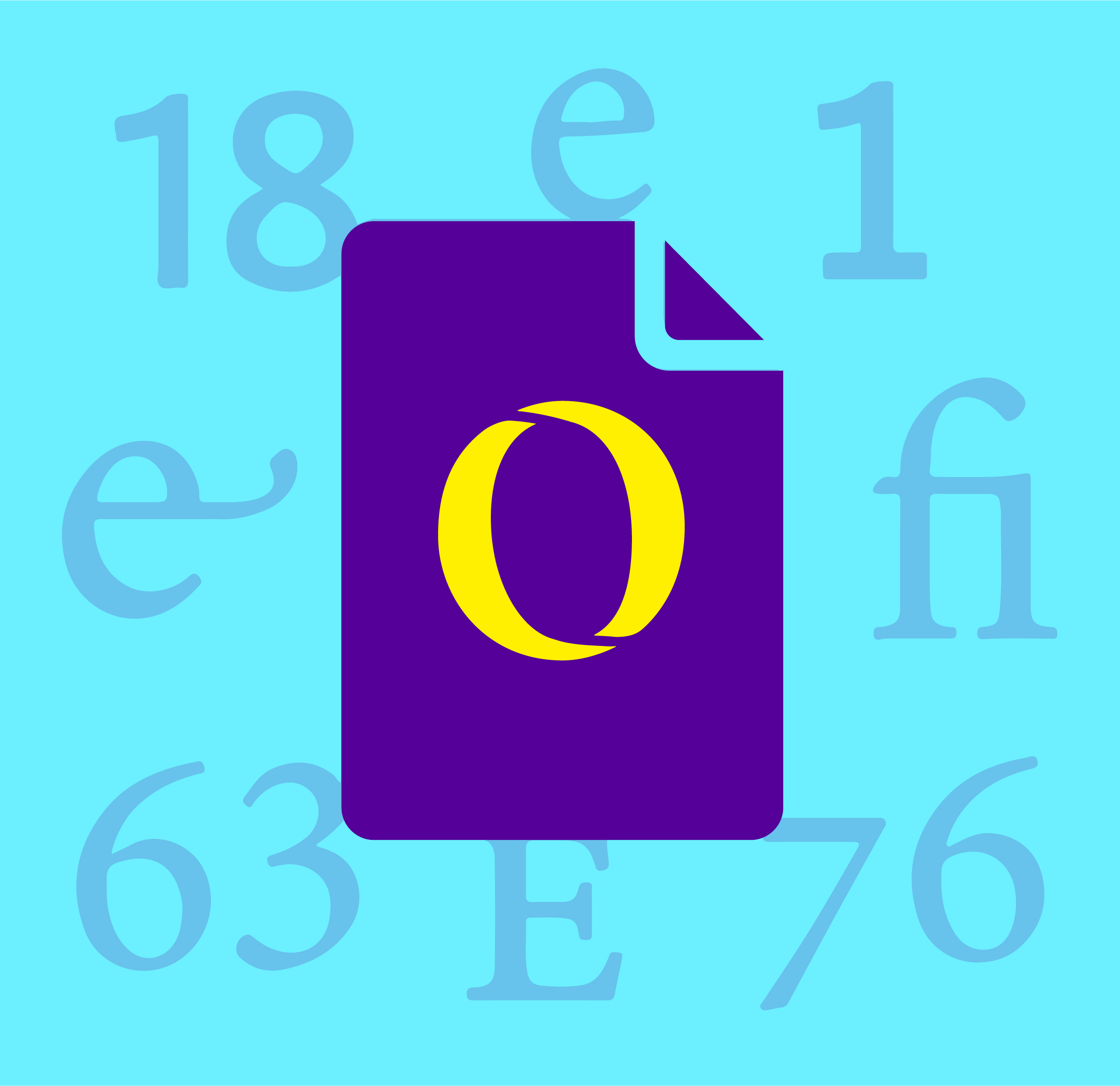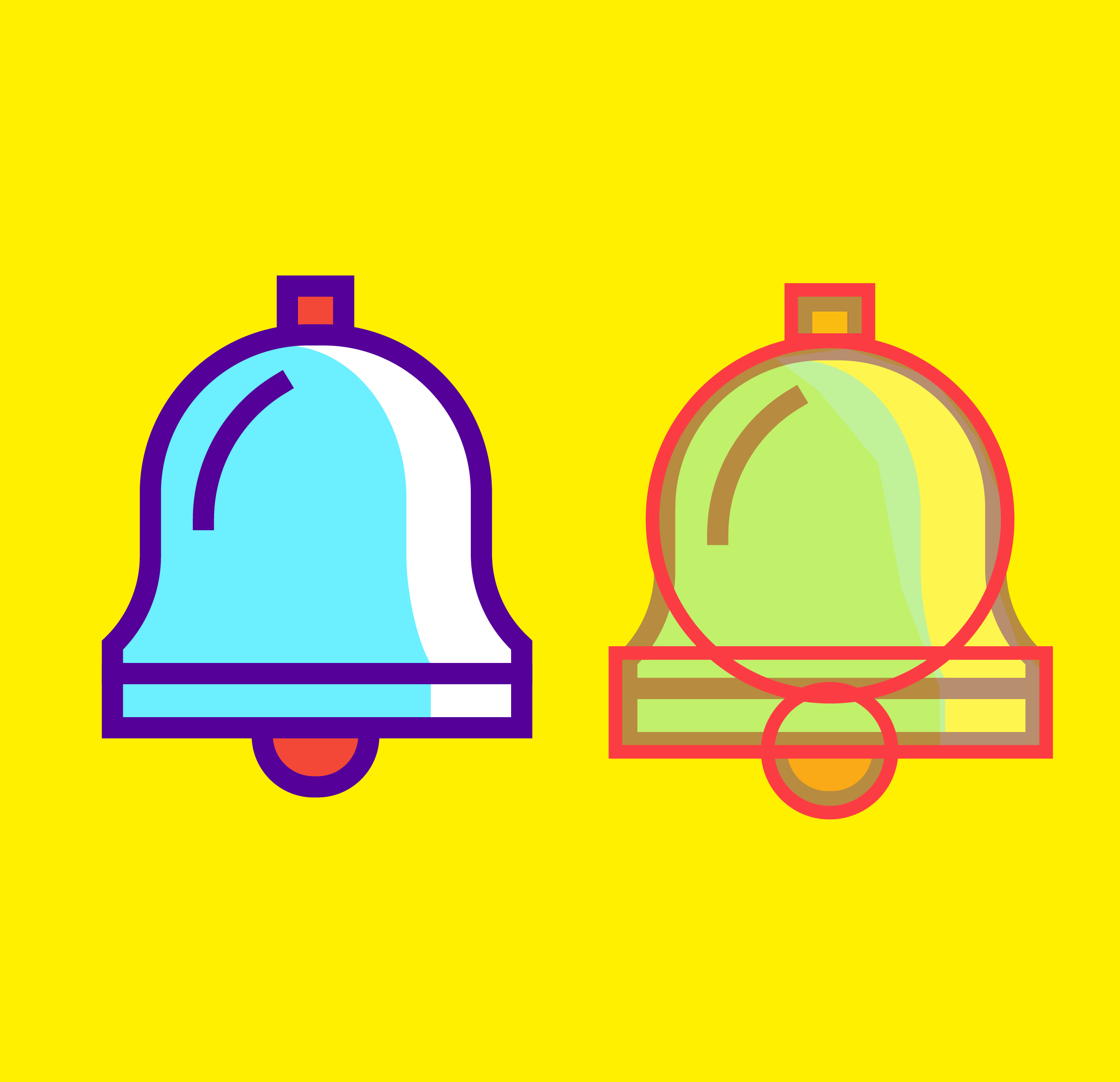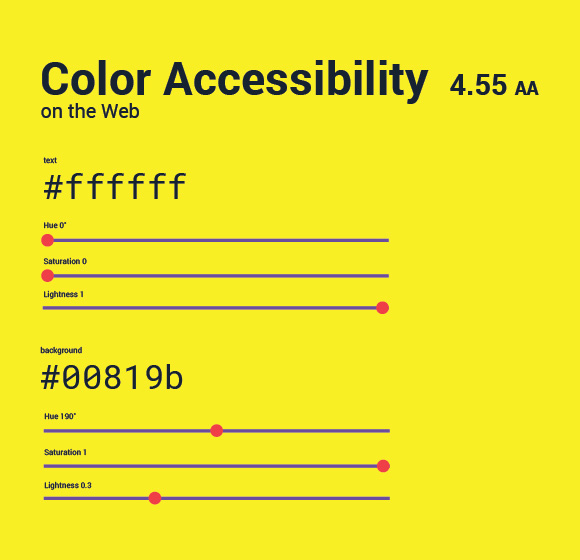When publishing your research report or brochure, are all binding methods created equal?
The answer, simply, is no. Different documents require different types of binding depending on the function, budget, and page count of the piece, and knowing the differences between each method will help you determine what method is best for your document. In fact, choosing the right binding is as much a part of print graphic design as manipulating pixels. While numerous commercial binding types exist, here are the four most common ones that you’re most likely to encounter:

Saddle-Stitch
Perhaps the most common and cost-effective form of binding, the saddle-stitch is created by stapling along the fold (spine) of the book. This method is often used for programs, brochures, magazines, reports and workbooks. (It is important to note that the pages must be in multiples of four. Find out why.)
Pros: cost-effective Cons: accommodates only smaller page counts Page Count Range: 8-80Spiral-bound
In spiral binding, a wire or plastic coil — which can come in a variety of colors — is threaded through punched holes along the spine of a book. Common uses for this binding type include notebooks, manuals, or printed copies of presentations.
Pros: allows book to lie flat when open. The book can also be folded back to make reading and copying pages easier. Cons: less professional-looking. Page Count Range: 20-250Perfect-bound
Glue is applied along the spine of the book block, and then glued into the case. (“cased in”) Perfect binding is more commonly used with soft cover books, but it can also be used with hard cover books, as well as magazines and reports.
Pros: flexible spine; easy to produce en masse Cons: doesn’t lie flat; susceptible to wear or weakening over time Page Count Range: 40-300Case-bound
Case binding refers to when pages are divided into signatures or little booklets that will make up the whole book block, and then sewn together through their spines. The book block is then glued to end papers and then into the hard cover case. This method is primarily used for textbooks and hard cover books.
Pros: very sturdy; elegant looking; can lie flatCons: can be expensive
Page Count Range: 40-300



